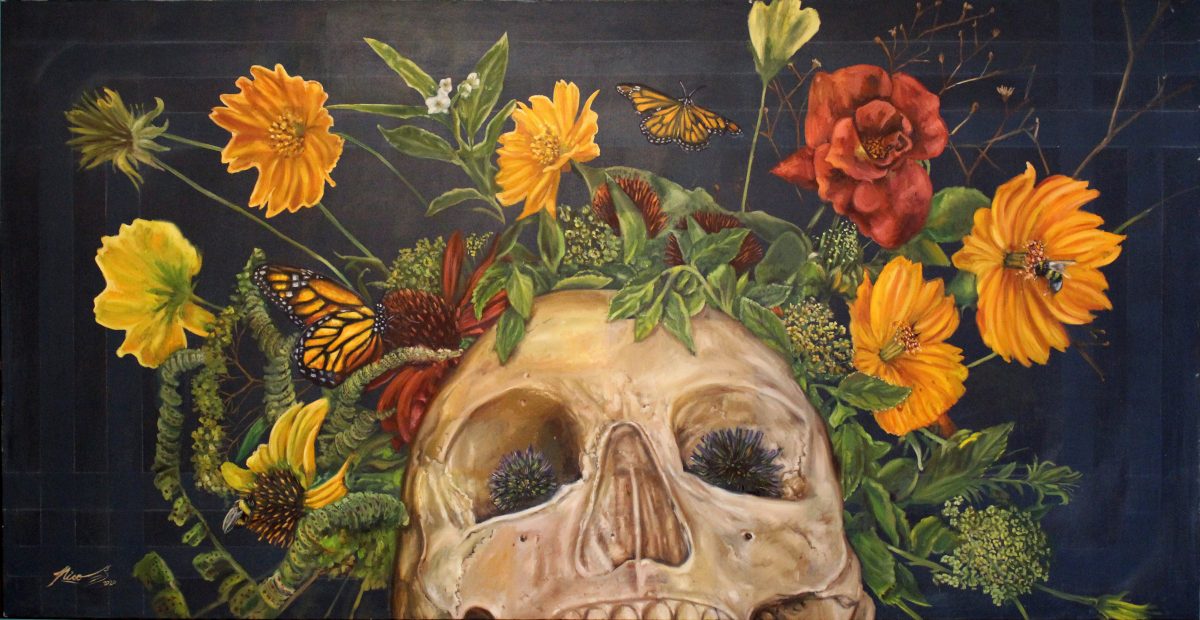Creating sculptures to stage each painting, local artist Nico Cathcart addresses climate change and connections throughout the environment in her latest exhibition at Glen Allen's Cultural Arts Center. Nico Cathcart’s newest exhibition, “Symbiotic Systems,” is a...



